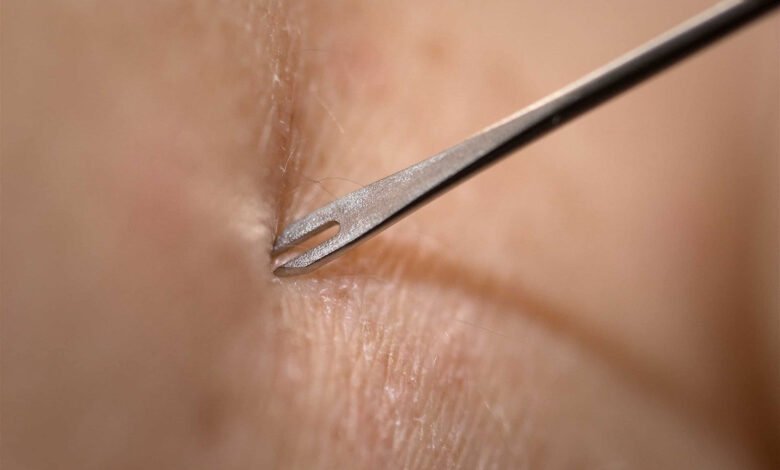Measles

What is smallpox?
Smallpox, also known as measles or rubella, is a disease that occurs frequently during the summer season.
This is a period during which people are more active outdoors and are more prone to contact with the virus. The causative agent of the disease is a paramyxovirus that infects the mucous membrane at the back of the throat.
The virus is transmitted through the air through infected body fluids such as saliva, tears, nasal discharge, that is, the virus can spread easily and quickly, especially in closed spaces or when people are in close contact with each other.
For example, coughing or sneezing near another person can spread the virus.
Also, the virus can be transmitted through direct contact, such as touching the person after touching a surface that has been infected by a person with smallpox.
It is important to note that the virus can survive in the air or on surfaces for several hours. This means that it is possible to contract smallpox even if you are not in direct contact with someone who is sick.
For example, if someone with smallpox sneezes or coughs in a room, the virus can remain in the air and you can become infected if you enter the room afterward.
Although smallpox is a common illness, it can be serious and even life-threatening for some people, including young children, the elderly, and people with weakened immune systems.
It is therefore important to take measures to prevent the spread of the virus, including vaccination
Smallpox Symptoms
The initial symptoms of smallpox are high fever, cough, runny nose, sore throat and red eyes.
The initial appearance after a few days progresses to a condition called a measles rash (small red spots on the skin).
In most cases, the rash first appears around the line between the forehead and scalp and then spreads downward as the initial symptoms subside.
The density of the red spots is greatest around the shoulders, where it is even possible to merge the macular lesions (the red spots).
The rash goes away in about 5-6 days as the red spots fade from top to bottom. The skin may begin to peel.
In case of normal measles without complications, the body recovers in about 10 days after the initial appearance of the rash. There are also factors that can cause complications during the course of the disease:
- Insufficient intake of Vitamin A;
- Weak immunity;
- Pregnancy;</ strong>
- Limited access to food and fresh water – malnutrition.
Measles patients are contagious from two days before initial symptoms appear to about 5 days after the appearance of the rash.
Measles treatment
Like the common cold, measles is a viral infection that the body will fight off on its own.
There are still no drugs that can kill the virus, so the only treatment methods are those that help relieve the symptoms.
For example, drugs such as acetaminophen or ibuprofen can bring down a high fever and other symptoms. Cough syrups and sore throat lozenges also help the body fight the virus.
Doctors may also prescribe high doses of Vitamin A for children who have measles, especially those who are at risk.
These are children who are hospitalized and immunocompromised and vitamin A deficient, or have recently arrived from a country, usually Africa, where measles mortality is high.
Over 95% of children and adults who are vaccinated against measles are protected from the disease, as the body builds immunity for life.
In about 15% of cases, vaccinees can develop a very mild, non-contagious form of measles about 10 days after the vaccine is administered. This is due to the fact that the vaccine contains a live but weakened strain of the virus.
Mothers who have already had measles or are vaccinated against the disease pass special antibodies to the fetus from their immune system, so when the baby is born it has immunity against measles for about a year.
Therefore, the measles vaccine will not be effective if given in the newborn’s first year.
The most common practice for children is to have them vaccinated once between 12 and 15 months of age and then the main vaccine is given between 4 and 6 years of age, before the child starts school.
The measles vaccine is combined in one shot with the mumps and rubella vaccine, which is a known MMR vaccine.
The vaccine can prevent the development of measles if given to an already infected person within 72 hours of exposure to the virus.
Why We Shouldn’t Ignore Smallpox
In conclusion, smallpox is a preventable and controllable disease.
Vaccination is the most effective way to prevent the disease, and all children and adults who have not had smallpox should see a doctor about vaccination.
It is important to maintain hygiene, especially during the summer season when the disease is more common.
At the first symptoms of smallpox, such as high fever, cough, runny nose, sore throat and red eyes, medical attention should be sought immediately.



